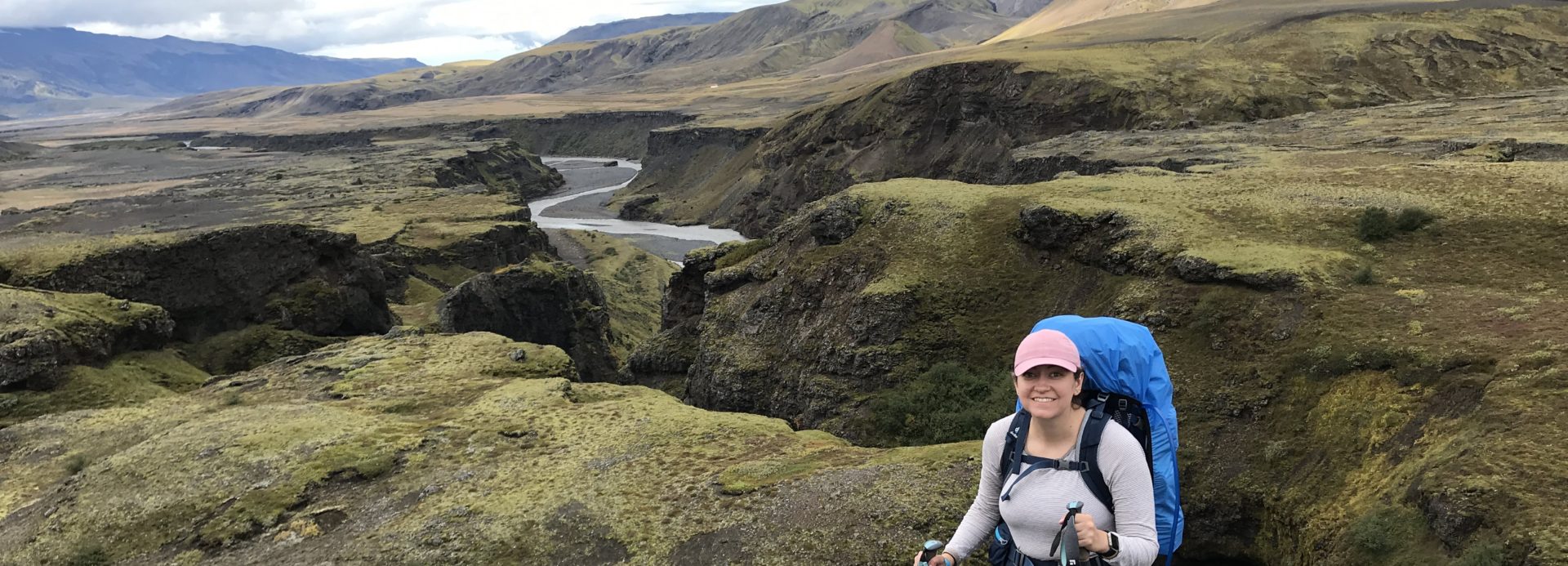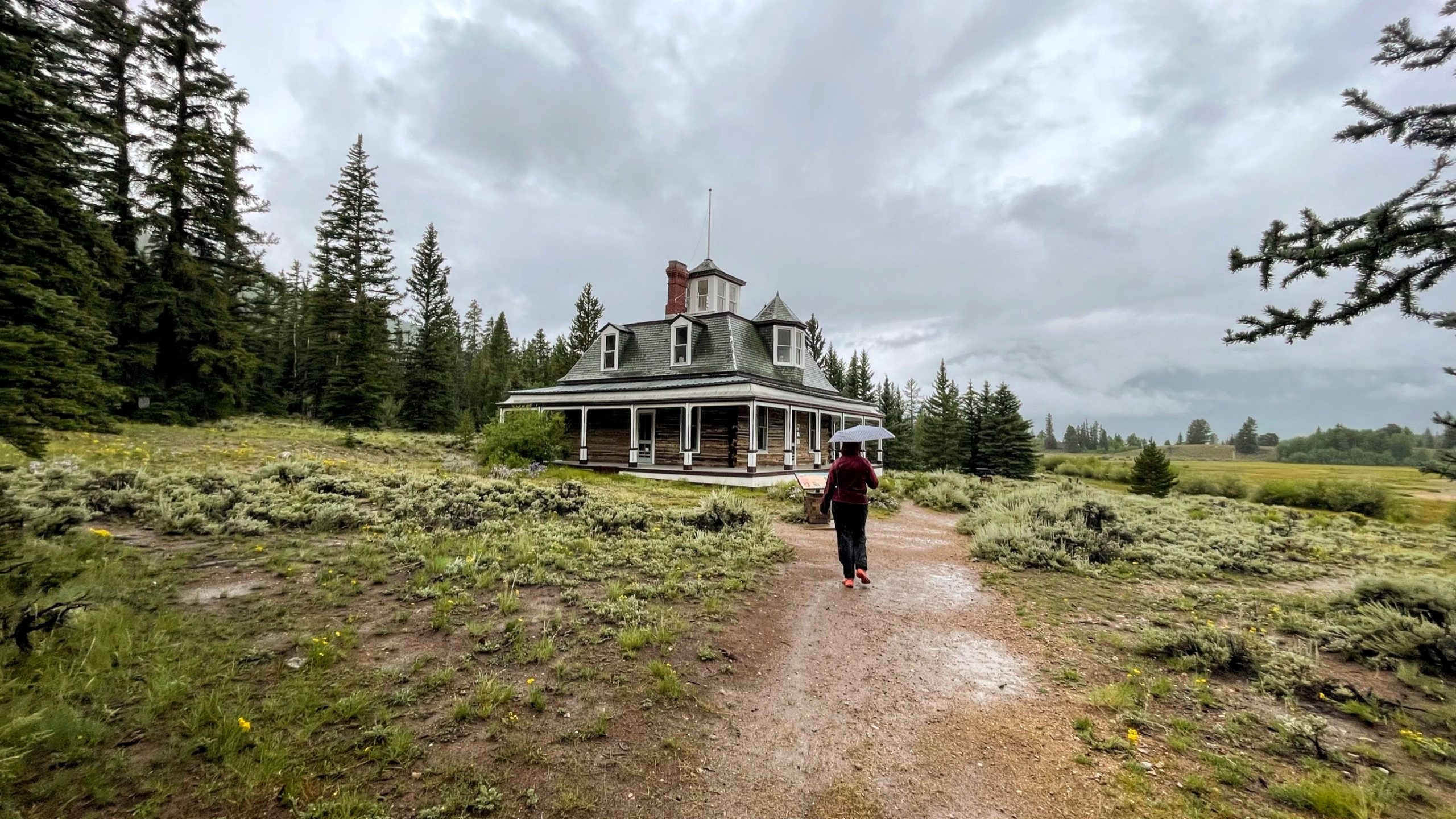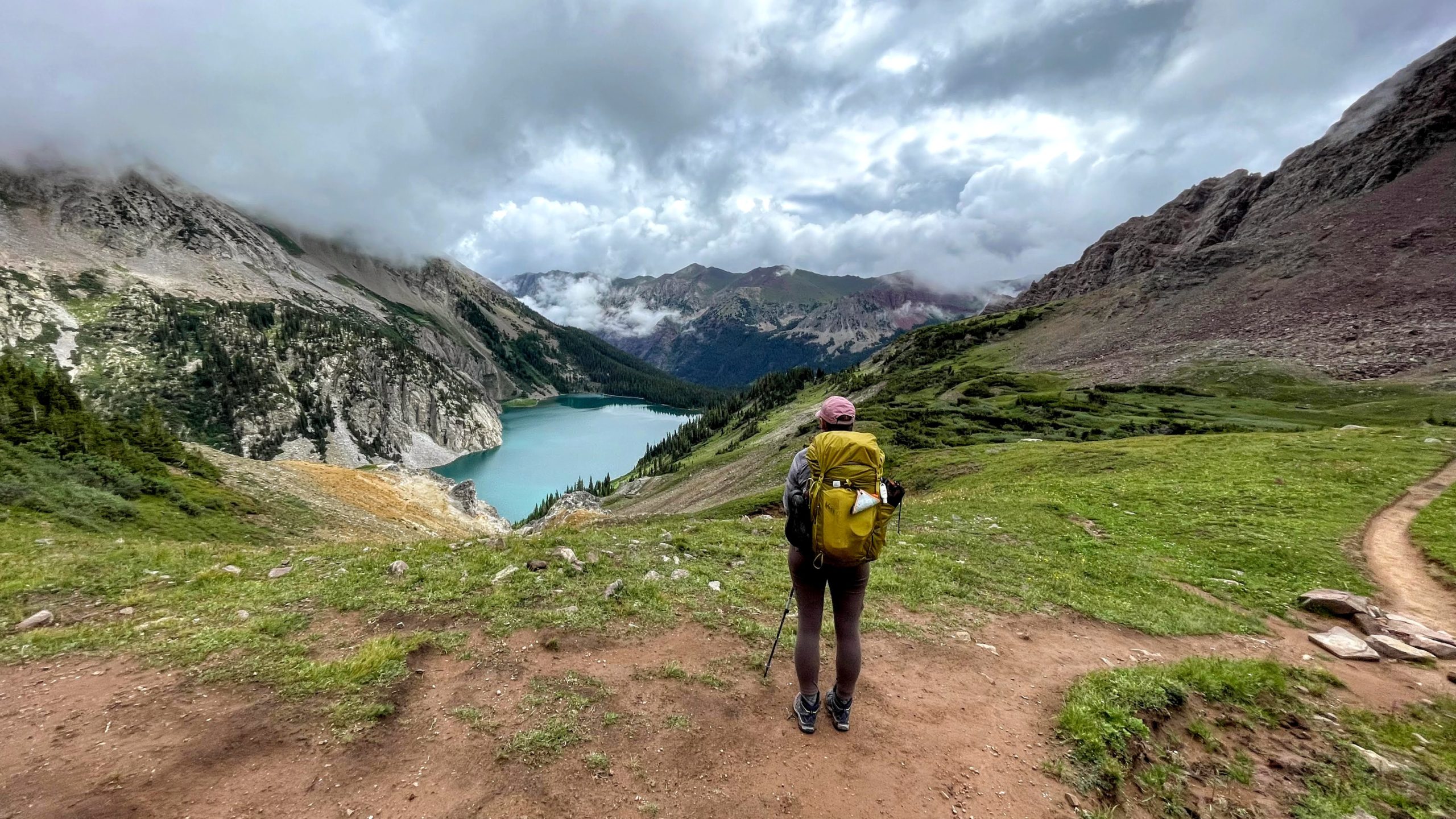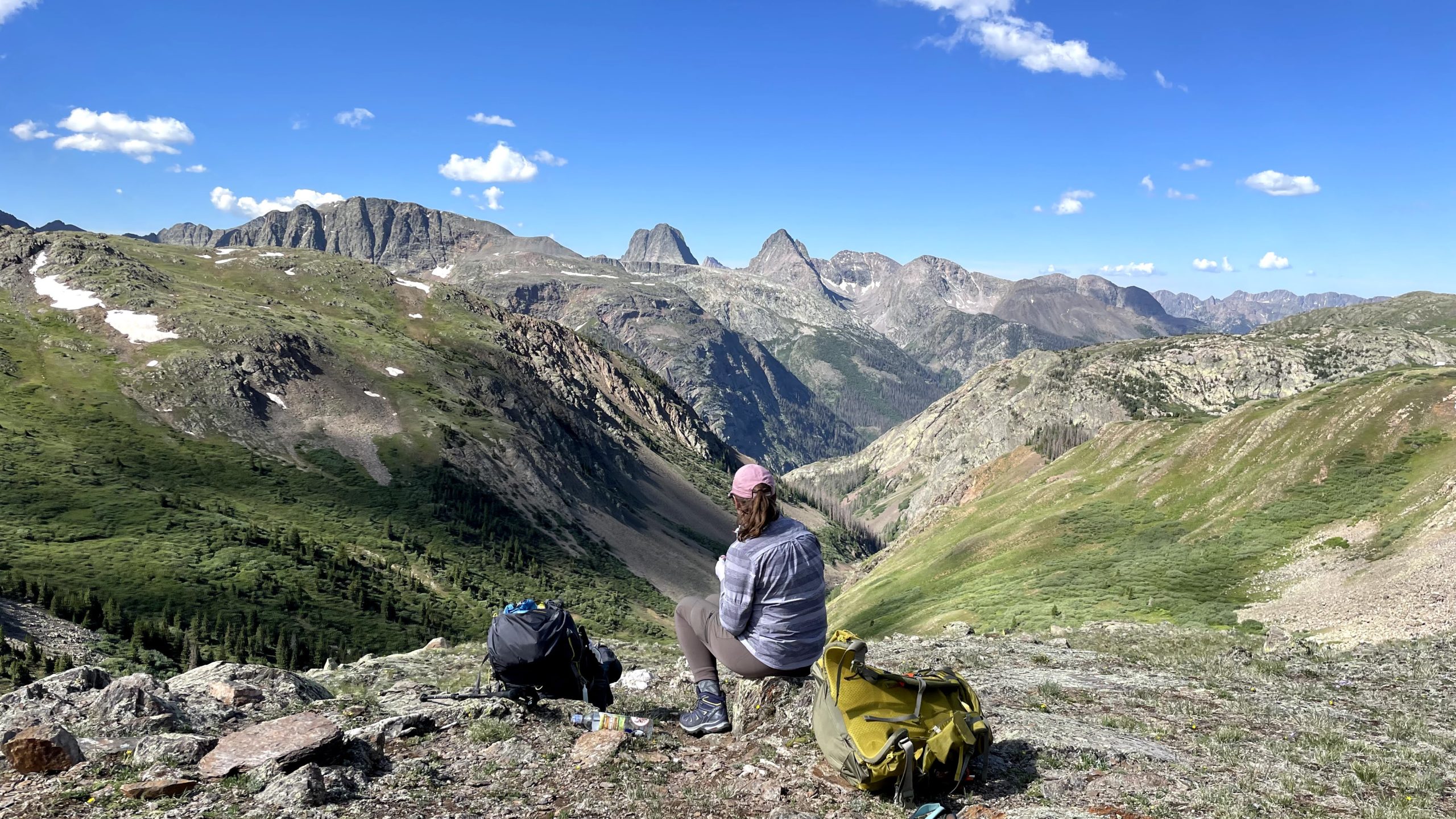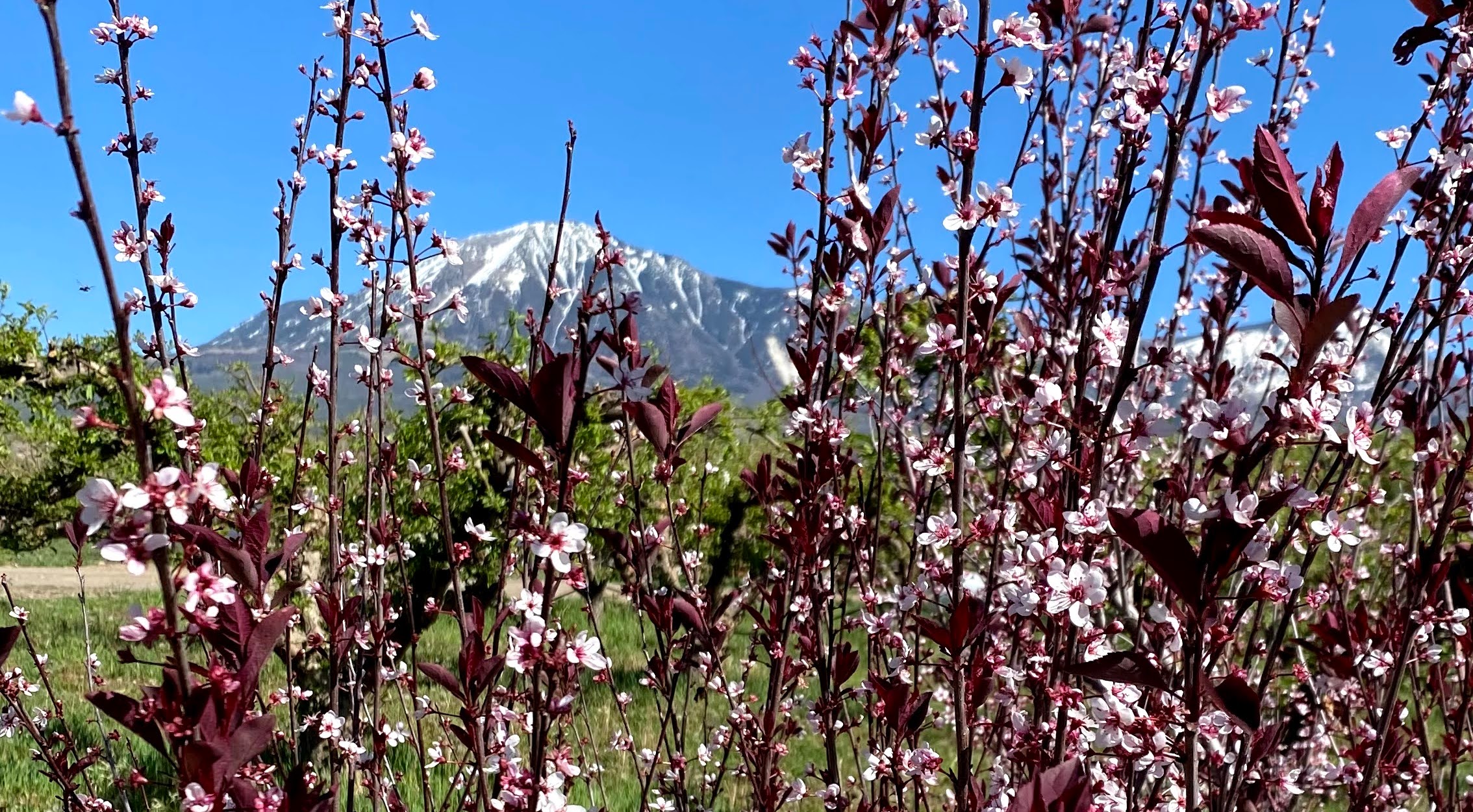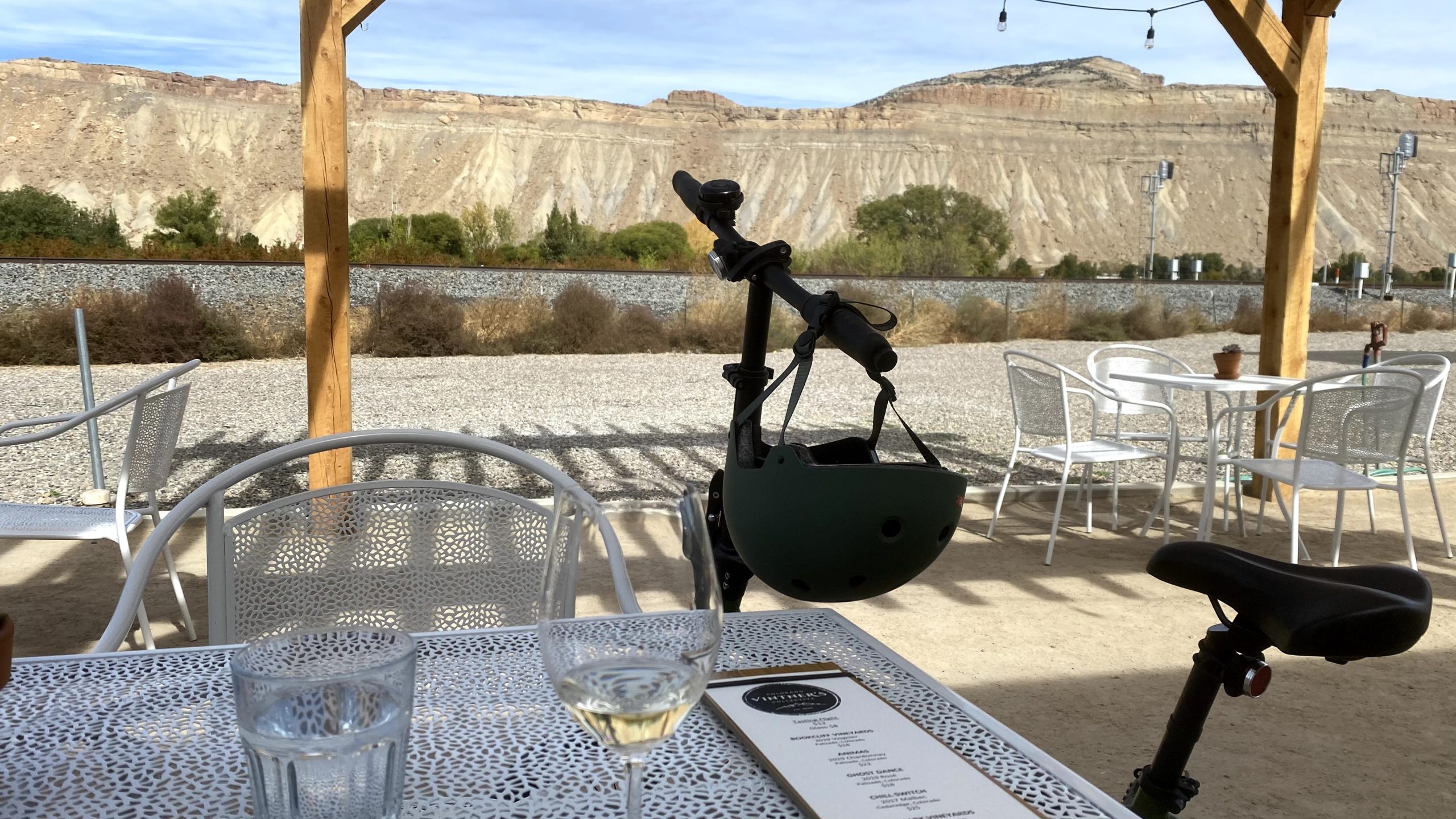Nick and I’s big planned vacation for summer 2021 was our Four Pass Loop trip, and we decided to really make a trip out of it! Take off the week and explore some more of Colorado. Usually, when I take off a week or more, I’ve traveled internationally, but it’s fun to stay closer to home, and there is some pretty cool stuff to see around here.
Twin Lakes
July 31, our first stop was Twin Lakes, a small mountain town not far from Leadville. I-70 was closed at Glenwood Canyon due to mudslides, but luckily for this leg of the trip we already had been planning to drive through Buena Vista and then head over Independence Pass to Aspen/Marble.
We found a remarkable campsite on Hipcamp called Moose Crossing that I’d highly recommend. Unfortunately, it rained a lot so we did not spend as much time at the site as we would have liked, but it was a gorgeous rustic site next to a river. There’s a fire pit with firewood, a nice deck, and a lovely spot to pitch your tent. And it’s only a ten minute drive into Twin Lakes.

Calling Twin Lakes a town might be a stretch – there’s a general store, a lodge/restaurant, a couple food/coffee trucks, and a visitor’s center. But, it’s all so awesome. We set up our camp and decided to grab a drink at the restaurant and lodge, which is one of the historic 19th century buildings of the town. We made our reservation for dinner later – apparently the only place to eat in town (inside) during rain is popular!
The General Store is small but really fun. It’s also a historic building – be sure to check out the antique, working gas pumps. Twin Lakes is along the Colorado Trail and Continental Divide Trail, which means you get lots of thru-hikers. The shop is stocked with just the type of things backpackers would want for resupply – including smart things like individual hair ties and individual hot chocolate packets. There’s also cool gear like hats, shirts, patches, stickers, and books. Nick and I had fun shopping and bought some things to commemorate our visit.

The rain was light, and we decided to possibly do a bit of hiking with our rain gear. We went to the small visitor’s center first, which had two amazingly enthusiastic and helpful ladies who were excited to provide maps, brochures, and suggestions, as well as show off some of the history with the displays. One item they provided was a walking tour of the town – a map explaining what the different buildings in the small town used to be. The visitor’s center, as a matter of fact, was a brothel. The visitor’s center also provides WiFi and phone charging – there’s even an outside outlet you can use when they close.
We did a very short hike nearby with a view of the lake, and then decided to check out the Interlaken Trail. I had heard of this trail and read about it in our snowshoeing book, and really wanted to check it out. It includes part of the Colorado Trail/CDT. We found the trail very pleasant in the light rain. There are lots of aspen trees and lake views the whole time, and it was not very busy.

The cool part is it leads to a historic vacation home you can actually go inside!

The house is beautiful and has lots of clearly expensive details like the wood and door handles. You can walk through all the rooms and imagine vacationing there in the late 1800s, looking out over the lake. Nick said the house reminded him of New Orleans, and as it turns out, the owner/builder was from New Orleans!

After you explore the house, you can check out the ruins (not go inside this time) of Interlaken Resort. It’s a Victorian era resort, and the educational information really painted a picture of a lively 19th century resort with canoeing, dancing, cards, and even a full orchestra that would come play from Leadville. In winter, horse-drawn carriages brought people to the resort. The resort closed at the turn of the century.

We headed back in the pleasant light rain and enjoyed some of the walking tour and looking at the General Store again before heading for an excellent dinner at the Inn, with great views of the mountain and lakes. The Twin Lakes Inn was built in 1878 by female entrepreneur Maggie Weber, and was visited by Theodore Roosevelt and Ulysses S. Grant, among others. It has a very illustrious history you can read more about on the back of the menu.

Marble and Aspen
We spent the night at our beautiful campsite and woke up early to drive over Independence Pass. It was still rainy, cloudy, and moody, so we played the Lord of the Rings soundtrack. Independence Pass, which I drove over years ago with my coworkers on our way to Pitkin County, our client, does not seem as scary as it did then – maybe it’s having driven the Million Dollar Highway and other Colorado roads since then.

We got to Aspen, where I have not been in years. Aspen is a beautiful, small mountain town. It seems down-to-earth, yet has Gucci and Versace stores, despite the fact that everyone in town wears a puffy jacket. My clients at the County told me that those stores do not make a profit but are kept so that the brand can say they have a store in Aspen. There is a weird vibe of rich people cosplaying as normal people, wearing athleisure that is a little too white.
We stopped at Paradise Bakery before heading to a 9 am dress rehearsal of Gil Shaham playing Barber’s Violin Concerto at the Aspen Music Festival. Aspen is a famous music festival and camp, and I just could not believe that we could hear Gil Shaham for $20! He was amazing – he is the most interactive soloist I’ve seen, engaging with the orchestra and audience. It was well worth it to attend.

After this, we grabbed lunch at Meat and Cheese, which had been a favorite lunch spot of mine years ago. We had an excellent lunch before heading to our campground near Marble. Bogan Flats campground is just stunningly beautiful, next to the Crystal River, with big camping spots and hammocking tree. We were able to relax and hammock a bit before the rain started.

We headed into town. Marble is another tiny but remarkable Colorado town. There is actual marble everywhere; the marble used in the Lincoln Memorial came from here! We stopped at the small General Store, which doubles as a marble sculpture gallery. There are lots of intricate sculptures of all sizes and price ranges. A very unassuming woman chatting with the store owner was one of the artists!

Our next plan of action was to go to Slow Groovin’ BBQ, the only restaurant in town. We sat outside and enjoyed a leisurely meal asit started to really rain. Typical Colorado monsoon rain are usually quick, intense storms in the afternoon, but this rain pounded on for what seemed like forever. We enjoyed some hot chocolate too before finally heading back to our camp for the night. We definitely are excited to come back to this small town and check out the Crystal Mill, which we did not have time to see on this adventure.

To see what we did the next few days, check out my Four Pass Loop post!
